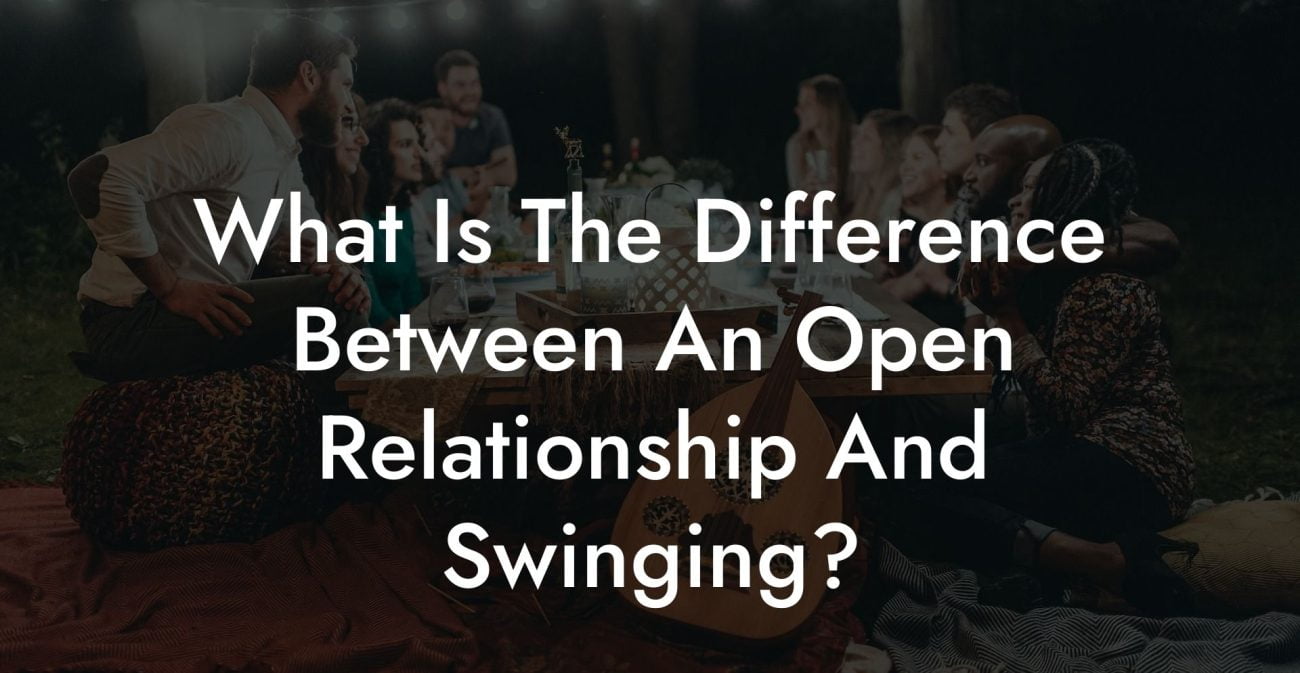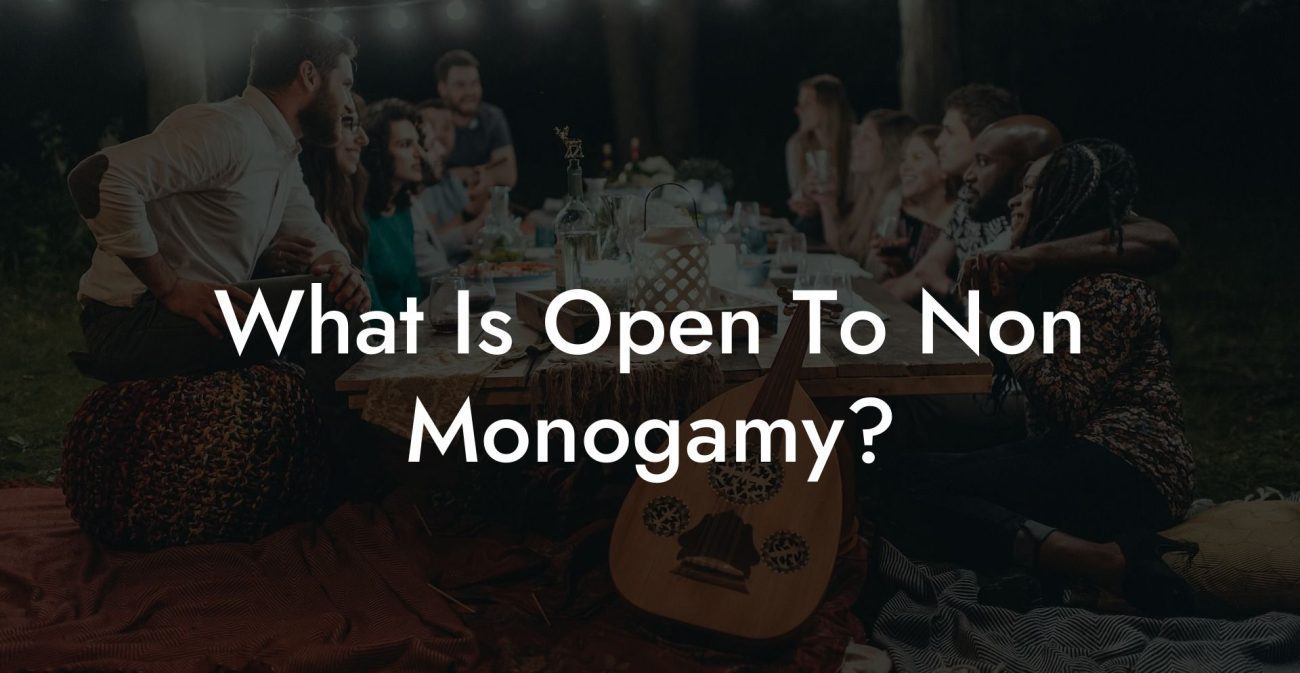Long-term polyamory - a lifestyle choice that is increasingly becoming popular among many individuals and couples. But what exactly does it entail, and how can one navigate the complexities of maintaining multiple loving relationships over an extended period? In this article, we will delve into the world of long-term polyamory, exploring the meaning, the benefits, and the challenges that come with it.
What is Long-Term Polyamory?
Long-term polyamory refers to the practice of engaging in multiple loving, romantic, and committed relationships over a prolonged period. It goes beyond casual flings or short-term encounters, with partners genuinely dedicated to each other's well-being and happiness.
Polyamory differs from monogamy, where individuals commit exclusively to one partner, and it also distinguishes itself from polygamy, which typically involves one person having multiple spouses.
Benefits of Long-Term Polyamory
- Emotional fulfillment: Long-term polyamorous relationships provide individuals with a range of emotional experiences and connections, catering to diverse needs and preferences.
- Personal growth: Engaging in multiple committed relationships challenges individuals to develop better communication, negotiation, and emotional regulation skills.
- Support network: Long-term polyamorous partners often form a strong support system, offering assistance in various aspects of life, such as childcare, financial matters, or emotional difficulties.
Challenges in Long-Term Polyamory
- Time management: Balancing the needs, desires, and time investments of multiple partners can prove challenging, especially when coupled with personal obligations and responsibilities.
- Jealousy and insecurity: Managing feelings of jealousy and insecurity is crucial in maintaining a healthy long-term polyamorous relationship, as partners may worry about their importance or standing in the relationship hierarchy.
- Communication: Open, honest, and effective communication is vital in polyamory, as misunderstandings and unresolved conflicts can severely impact relationships.
Navigating Long-Term Polyamory
Establish Boundaries and Agreements
To ensure a harmonious polyamorous relationship, it is essential for all parties to establish clear boundaries and agreements. This may include determining the extent of emotional and sexual connections allowed, expectations around time and energy investments, and specific relationship styles or structures.
Encourage Open Communication
Promote open communication among all partners, encouraging each person to share their feelings, needs, and any concerns they may have. This helps to maintain trust, enhance understanding, and resolve potential conflicts before they escalate.
Manage Jealousy and Insecurity
Acknowledge that jealousy and insecurity are normal emotions in any relationship, and work together to address these feelings. Foster open dialogues around these emotions and explore coping strategies to ensure the well-being of all parties involved.
Engage in Regular Check-In's
Regular check-in's with your partners help maintain healthy long-term polyamorous relationships. These can be informal conversations or scheduled meetings to discuss feelings, boundaries, and any relationship adjustments required.
Long Term Polyamory Example:
Consider Jane, Kyle, and Mark - three individuals in a long-term polyamorous relationship. Jane and Kyle have been together for five years, and Mark joined the relationship two years ago. To ensure the longevity of their polyamorous bond, they have all established the following practices:
- They have all agreed on boundaries regarding emotional and sexual connections with one another and with other potential partners. This involves keeping each other informed of any new relationships and adhering to guidelines around safe sex practices.
- Open communication is prioritized, with each person encouraged to share their feelings and concerns without judgment or blame. This has helped them manage feelings of jealousy and insecurity during their time together.
- Regular check-in's occur at least once a month, where they discuss their relationship dynamic, address any issues, and re-evaluate boundaries if necessary.
Through these practices, Jane, Kyle, and Mark have managed to navigate the complexities of long-term polyamory and maintain their loving connections.
Long-term polyamory is not a relationship model for everyone, but for those who embrace it, the benefits often outweigh the challenges. By establishing clear boundaries, promoting open communication, and actively managing jealousy and insecurity, long-term polyamorous relationships can thrive and provide a fulfilling alternative to traditional monogamy.
If you found this article insightful, please share it with others and explore our other guides on The Monogamy Experiment for further insights into polyamory and non-monogamous relationship styles.













